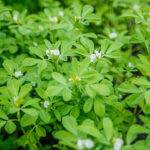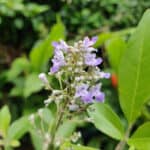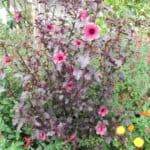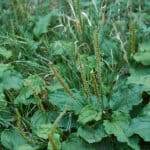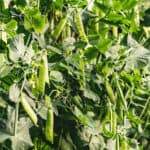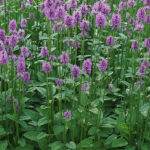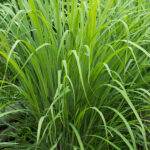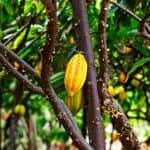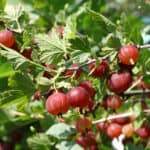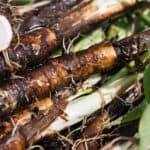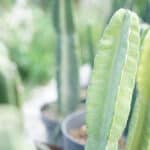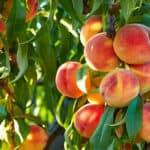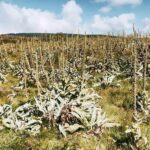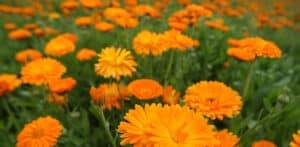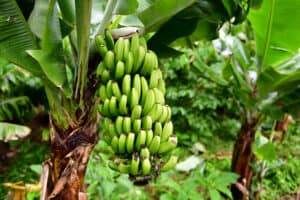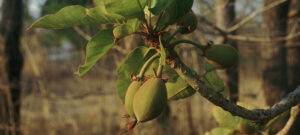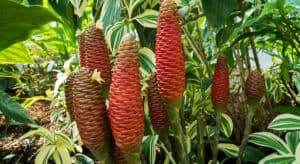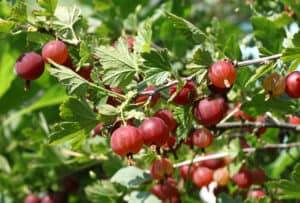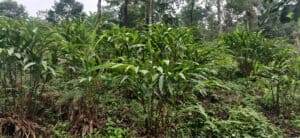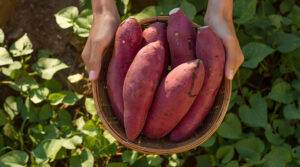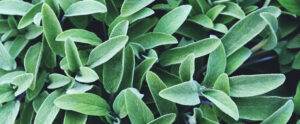Plant Overview
Purslane (Portulacaca oleracea) grows in fields, vacant lots and is a very common garden weed. Purslane or Pusley is an annual herb which is considered a succulent. This excellent ground cover can form mats on the ground up to a square foot in diameter per plant.
While it is a sprawler, it can also reach a height of up to a foot and a half. The stems are fleshy, reddish purple and smooth with a shiny glimmer. Leaves are alternate and opposite 1 – 2 inches long .5 – 1 inch wide. Purslane is a cosmopolitan, as it spans from across northern Africa, Europe and to Eurasia.
Indigenous peoples of North America have also cultivated the herbaceous plant for its juicy leafy greens. Native tribes would also collect the seeds and grind them into flour. Portulaccea is an exceptional fresh green in salads and a nice pot herb.
Tender young tips are best used for salads as they aren’t as woody, but with a quick boil even older stems are a choice edible. One can even flash boil thee whole plant and leave to dry out completely in the shade and grind into flour as a thickener or additional nutrients in bread baking. Purslane has a refreshing slightly citric taste and a satisfying crunch when eaten fresh.
Something fascinating about Portulacaca oleracea is that it is one of very few plants which can switch back and forth between C4 carbon sequestration to CAM depending on climate. Carbon fixation allows plants to turn inorganic atmospheric carbon dioxide into plant tissue, C4 has a drawback by oxygenation, or in other words, photo respiration, thus dehydrating the plant and is generally a costly synthesis for the cells. Generally this is not a problem if the habitat is not too arid.
Purslane has adapted to drought by utilizing the CAM carbon fixation, which would allow it to collect atmospheric carbon dioxide even at night, while most other plants release carbon dioxide at night, without perspiring at all whatsoever. So this incredible garden jewel will thrive and decide by itself between a sequestration style depending on the day.
Portulaca oleracea or Ma-Chi-Xian in Chinese, with its vast reservoir of fatty acids, terpenoids, alkaloids, flavanoids, polysaccharides, vitamins and minerals, a wide range of pharmacological attributes such as anti-inflammatory, anticancer, anti-diabetic, obviously antioxidant, anti-ulcerogenic, antimicrobial and in my opinion most importantly neuroprotective.
It is generally accepted that pr 100 grams or about 3.5 ounces purslane contains 21 calories, 1.7 grams of protein, .4 grams of fat, 3.8 carbohydrates, 103 mg calcium, 39 mg of phosphorous, 3.5 mg of iron, 25,000 IU of Vitamin A, .3 mg of Thiamine, .10 mg Riboflavin, .5 mg Niacin and 25 mg Ascorbic acid or Vitamin C. It is also one the few plants with notable omega 3 fatty acid content.
Purslane Propagation & Planting
Pusley will readily self-propagate in your garden when the weather warms up. It grows quite fast and creates a vast matted network of plants that suppress the competing weeds.
I like to grow them in combination with taller plants, such as any of the nightshade families (tomato, potato, peppers, chili, aubergines) as purslane will tolerate some shade. The seeds prefer light fertile soil to germinate, but most importantly, a warm one. Plant the tiny black seeds ¼ of an inch deep into the ground and within a short week, tender succulent leaves shall emerge.
Alternatively, considering purslane is an opportunistic rooter, when plants begin to branch out and the stems touch the warm moist soil, they will most surely send feeler roots to draw out more moisture. Use this to your advantage by separating the new clones and transplanting to a new more spacious location.
Although purslane is warm weather plant I have successfully grown it as a windowsill plant all winter long, provided I keep the house warm enough and the plant receives at least 6 hours of southern sun every day.
One thing to keep in mind though is that in tropic and subtropic climates where there isnt a great chance of frost, purslane may become an invasive species. Although if utilized in the kitchen then it shouldnt be a problem. Alternatively, chicken and other avians love the stuff!
Growth and Care
Portulaca is full of optimism and life and will grow vigorously as long as there are a few of her simple requirements. She prefers light, fertile, silty soil which holds moisture. I have grown purslane in dead clay before, but the quality of the delicious medicinal wasn’t comparable. A little more moisture than not enough will provide the gardener with luscious vibrant foliage and prolific yields.
My favorite part is propagating, so the better I take care of the mother plants, the more I can clone. She is more than happy in full sun, hence the water retention mechanisms, but will tolerate partial shade. In fact, something interesting happens when not enough light is provided. It is a phenomenon called phototropia, and most plant exhibit it, including portulaca.
The plant will spend more energy growing bigger leaves in an effort to catch more light as it isn’t getting enough, it will also grow bigger and taller to out compete the rival who casts a shadow upon them. I believe that a little systematic stress is actually healthy and beneficial.
I have not seen purslane suffer from any serious diseases apart from a slug or two grazing upon the young, tender leaves.
Harvesting
Harvesting is straightforward, I generally pinch leaves and stems, which will readily break off with a clean snap, although sometimes, when harvesting for larger quantities, I grab a handful and cut straight through with the shears. As I put them through the strainer to wash, I put a bowl underneath to catch the water and abundance of seeds which I then throw back into the garden, thus ensuring future colonies.
Enjoying Purslane
Generally, we love this herb in salads. Fresh, lightly seasoned with other greens, it makes a tangy sour taste which is unbeatable. As a pot herb I would put it in the stew after the heat has been turned off and the contents are not boiling anymore.
Fresh leafy greens shouldn’t be boiled as all the nutritional content is lost. At most, sliced and diced purslane should be added to hot soups 4 to 5 minutes before serving. Another interesting fact is that metal knives change the pH of the leaves and human absorption is considerably lowered. An alternative method to metal knives is ceramic, or I do love to tear them into bits and pieces.
Kids love to help out tearing things apart too, so it can be very fun for the whole bunch. You can dry purslane after flash boiling it. The reason you want to flash boil is to burst the cell walls and release the enzymes which would otherwise survive the dehydration process and contribute to the faster decline of the dried product.
Conclusion
Overall, I love purslane and think it is an amazing plant not only because it is rich in minerals and vitamins for humans and animals alike but also because it is such a great garden companion in temperate climates where it creates a thick edible, nutritious ground cover which preserves soil moisture and regulates soil temperature.
It mines the soil and the atmosphere to store nutrients which then are decomposed once winter kills off the plants, thus creating a substantial layer of humus and nutrient rich soil. Grows fast, roots easily and seeds are prolific, it’s a very independent plant which doesn’t require too much, yet offers a great deal!



